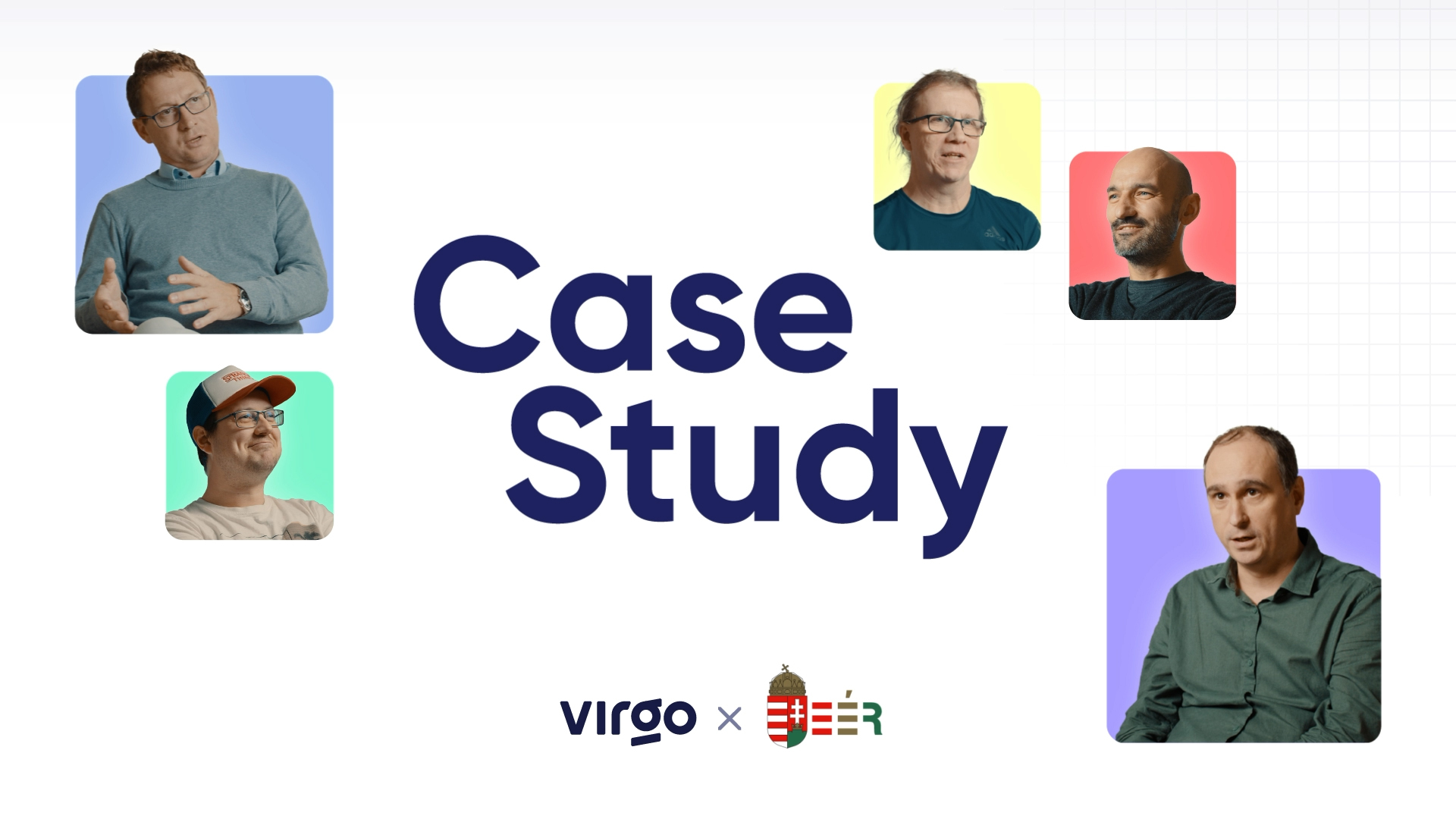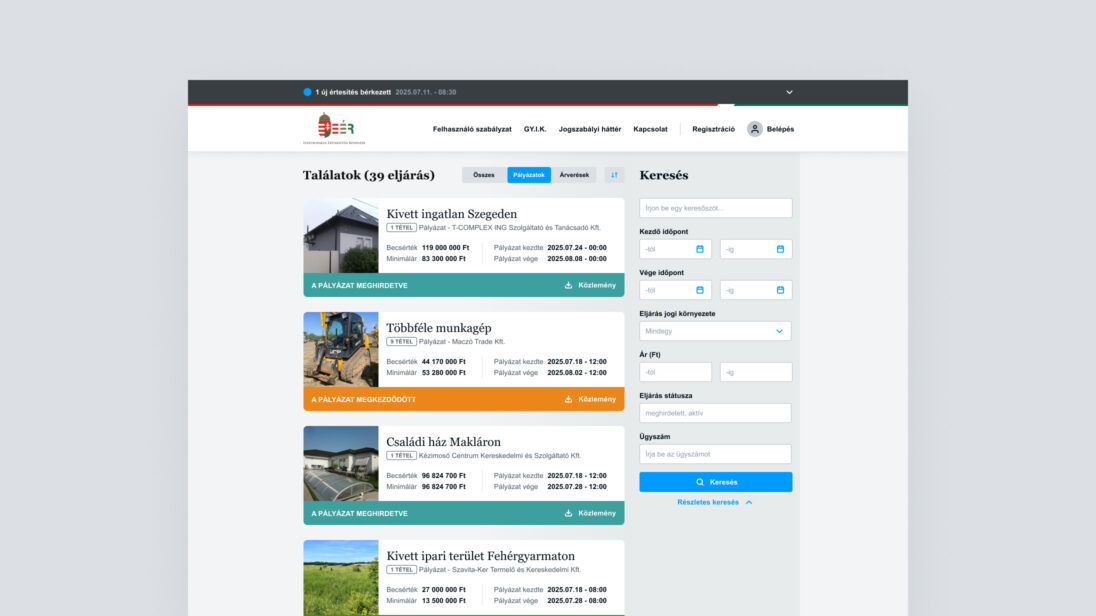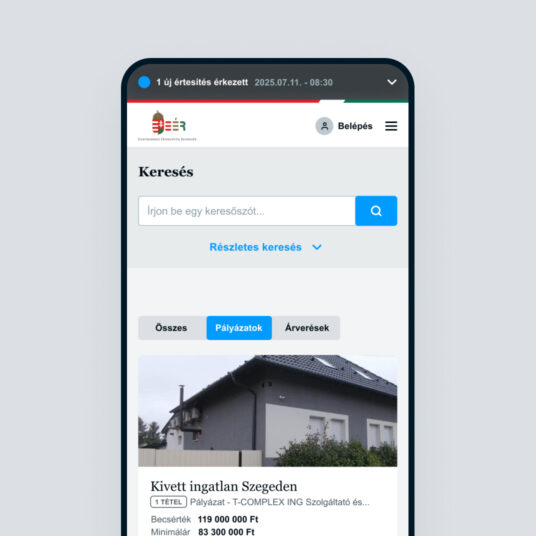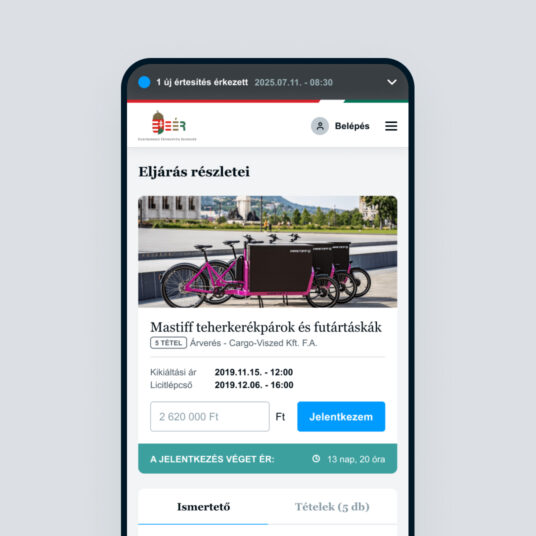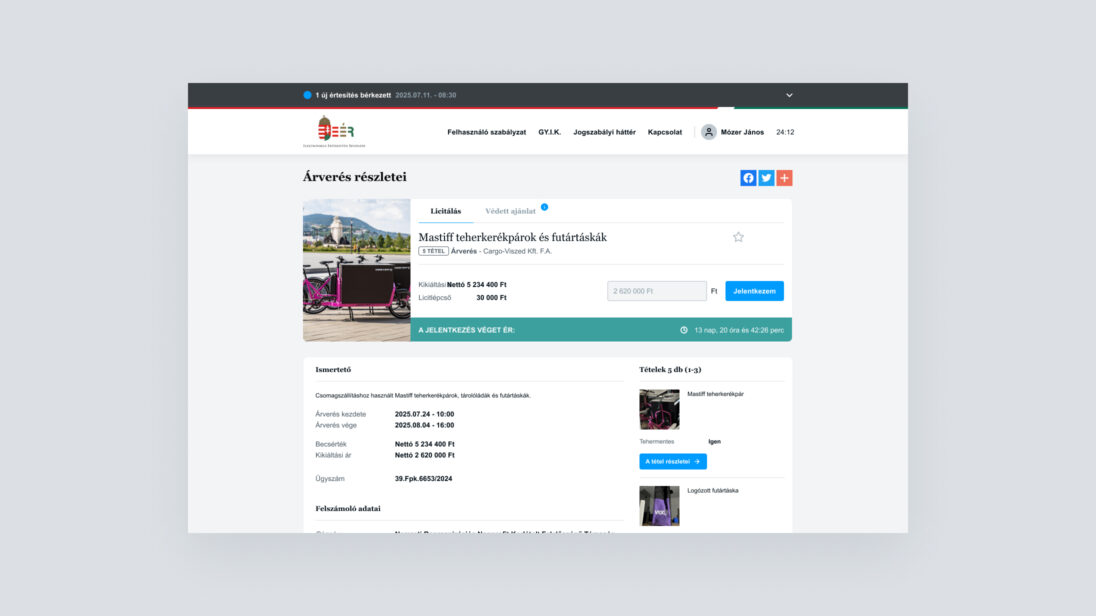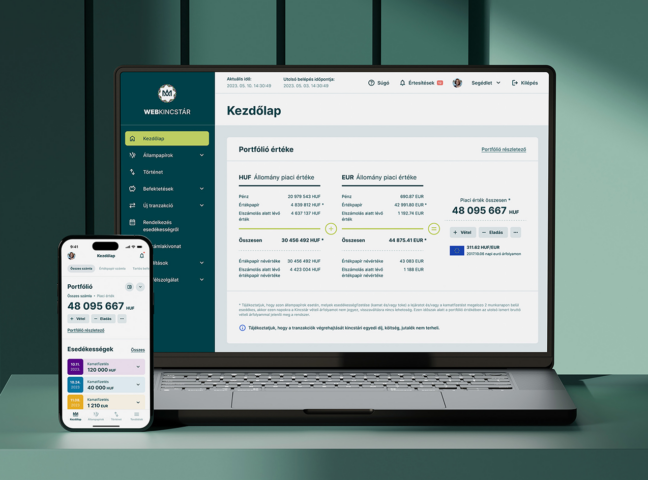EÉR Development with Virgo’s Contribution
The Electronic Sales System (EÉR) is an online platform where the assets of companies under liquidation proceedings and non-profit organizations in Hungary are sold publicly. Sales take place via public tender or auction, announced by the liquidator or administrator responsible for the process.
In electronic sales, bidders (participants in tenders or auctions) may join personally, via a legal representative, or through an authorized agent. While anyone can view the EÉR platform, bidding (submitting tenders) is only possible after prior registration.
Virgo delivered the application in 2014, and it has been live since January 1, 2015. Since then, we have continuously supported the portal both operationally and at the application level.
The system was designed for integration with multiple external platforms, including payment and invoicing systems, the company registry, and the Liquidator Registry System (FNYR), which we also developed to assist the authority’s administrative work.
In recent years, we have carried out several modernization projects: replacing the old Vaadin frontend framework with Angular, and introducing a container-based platform for automated deployment, scaling, and management.

